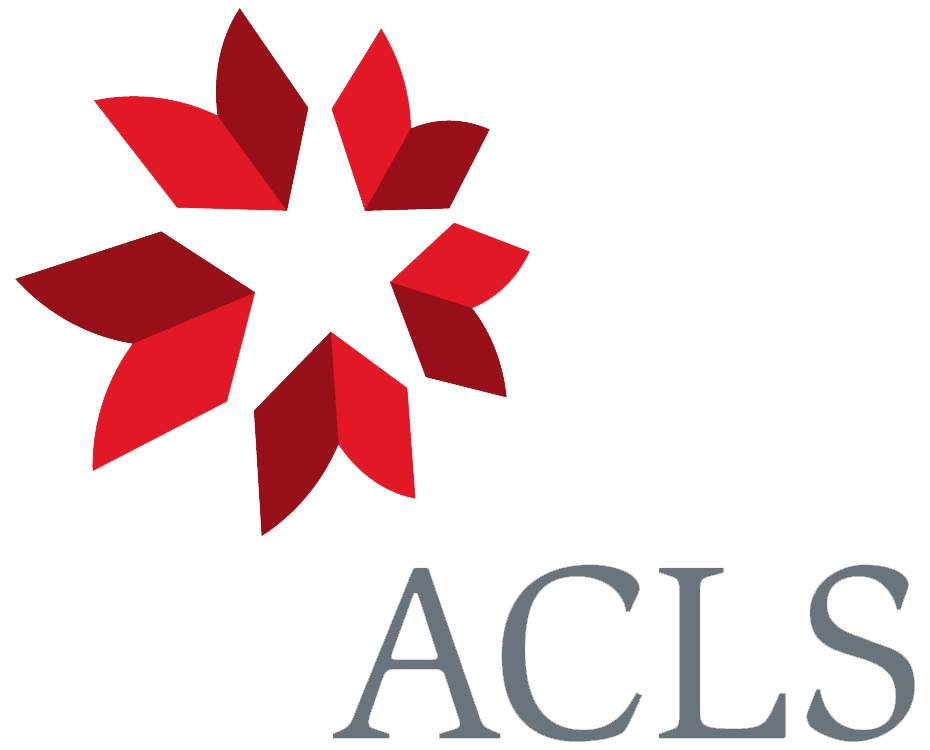To J. D. Hooker 30 October 1881
Down, | Beckenham, Kent. | (Railway Station | Orpington. S.E.R.)
Oct 30th 81
My dear Hooker
Very many thanks for your two notes. I am glad that you approve of the “Diet of Worms”.1 When in old days I used to tell you whatever I was doing, if you were at all interested, I always felt as most men do when their work is finally published.— I have also been very glad to hear the great news about your new villa.2 Alas this will make it more difficult than ever to see you here.
Now about the plants: the Drosophyllum & Sarracenia arrived in perfect condition & they are such splendid specimens, that if they had been mine, I could not have endured to have lent them, if father, mother, wife & child had all supplicated me.— I must cut a wedge-like section of the earth in which Drosophyllum grows to get some of its roots,, but I hope this will not kill it; & cut off 2 or 3 leaves.3 With respect to Euphorbiaceæ, I care not what the plants are, so that they belong to 3 or 4 very distinct genera; not Euphorbia or Phyllanthus.4 Small, youngish plants named & marked greenhouse or hothouse wd be best, as it is the roots which I have to examine. I spoke to Vines, about the case, & he knows nothing at all like it. Why the contents of the cells in the alternate rows in every rootlet on the whole plant shd. differ conspicuously, after certain reagents, passes my comprehension; so that the subject seems worth pursuing.5 I shall look to roots of Nettles & Box as somewhat allied to the Euphorbiaceæ.6
Farewell | C. Darwin
Dr King says that he cannot keep the Dischidia alive in Calcutta!7
Please mark “to be returned” any at all valuable Euphorbiacaeous plant which is sent here, if I do not kill it.
Footnotes
Bibliography
Earthworms: The formation of vegetable mould through the action of worms: with observations on their habits. By Charles Darwin. London: John Murray. 1881.
Lindley, John. 1853. The vegetable kingdom; or, the structure, classification, and uses of plants, illustrated upon the natural system. 3d edition with corrections and additional genera. London: Bradbury & Evans.
Wallich, Nathaniel. 1830–2. Plantæ Asiaticæ rariores; or, descriptions and figures of a select number of unpublished East Indian plants. 3 vols. London, Paris, and Strasbourg: Treuttel and Würtz.
Summary
Profuse thanks for plants.
Specifies which euphorbs he wants. Euphorbs’ alternate rows of ammonium carbonate reactive/non-reactive cells are worth more study.
Letter details
- Letter no.
- DCP-LETT-13442
- From
- Charles Robert Darwin
- To
- Joseph Dalton Hooker
- Sent from
- Down
- Source of text
- DAR 95: 542–3
- Physical description
- ALS 4pp
Please cite as
Darwin Correspondence Project, “Letter no. 13442,” accessed on


